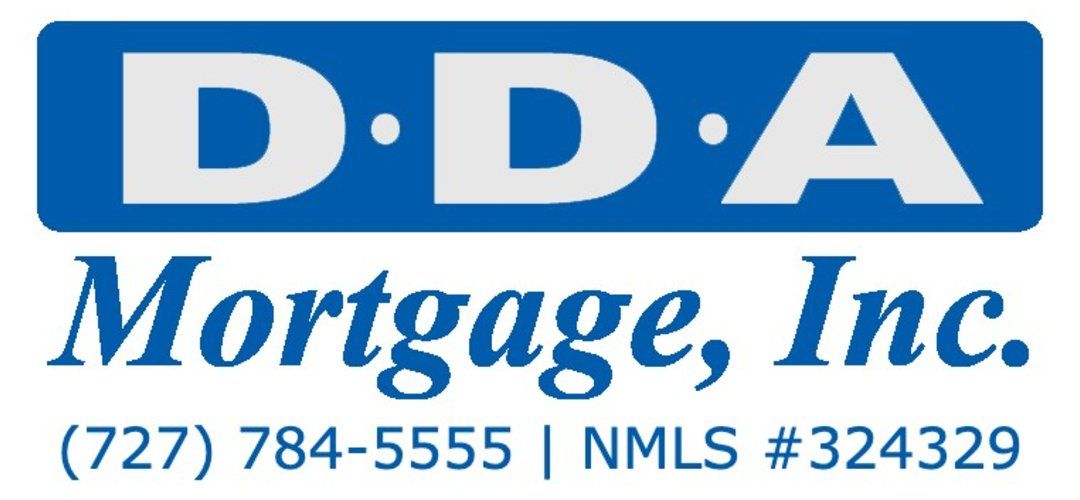Mortgage Forbearance rate finally hits pre-pandemic levels The total number of loans in forbearance declined by 4 bps to 2.96%, according to the MBA
MortgageForbearance rate finally hits pre-pandemic levels
The total number of loans in forbearance declined by 4 bps to 2.96%, according to the MBA
Servicers’ forbearance portfolio volume dropped last week to a level below 3.00% for the first time in 18 months. The total number of loans in forbearance decreased by four basis points to 2.96% as of Sept. 19, according to the Mortgage Bankers Association (MBA).
The most notable decline was in the portfolio loans and private-label securities (PLS) category, dipping by four basis points to 6.91%, after a drop of 32 bps in the prior week.
For depository servicers, the percentage also declined four basis points, but to 3.06%. The share of independent mortgage bank loans in forbearance fell one basis point to 3.24%.
Fannie Mae and Freddie Mac loans dropped by three basis points to 1.44%. Meanwhile, Ginnie Mae loans in forbearance increased 3 bps, at 3.42% of servicers‘ portfolio volume.
Per the MBA’s estimate, 1.5 million homeowners are still in active forbearance plans. The survey included data on 36.8 million loans serviced as of Sept. 19, 74% of the first-mortgage servicing market.
Natural disasters and forbearance: What borrowers and mortgage servicers need to know
The United States is grappling with a sharp rise in natural disasters, including wildfires, an active hurricane season, floods, tornadoes and mudslides. The mortgage industry needs to be proactive in examining programs to help borrowers recover.
Presented by: Mr. Cooper
Mike Fratantoni, senior vice president and chief economist at the MBA, said in a statement that the share of loans in forbearance dropped below 3% for the first time since March 2020, but Ginnie Mae loans rose slightly.
“New forbearance requests and re-entries continue to run at a higher rate for Ginnie Mae loans as well as for portfolio and PLS loans, which include many delinquent FHA, VA, and USDA loans that have been bought out of Ginnie Mae pools.”
The survey shows that 12.0% of total loans were in the initial stage last week, and 79.3% were in a forbearance extension. The remaining 8.7% were re-entries.
Servicer call volume increased to 7.9%, up from 6.3% the week prior. The average call length slightly decreased, from 8.3 minutes to 8.2 minutes.
Total requests remained at 0.05% of servicing portfolio volume, while exits represented 0.10% of the total – in the previous week, the share was 0,16%, the report said.
During the last 15 months, MBA’s data revealed that 28.7% of exits resulted in a loan deferral or partial claim. Also, 21.8% represented borrowers who continued to pay during the forbearance period.
However, 16.3% were borrowers who did not make their monthly payments and did not have a loss mitigation plan.
Start Your Loan
with DDA todayYour local Mortgage Broker
Mortgage Broker Largo See our Reviews
Looking for more details? Listen to our extended podcast!
Check out our other helpful videos to learn more about credit and residential mortgages.





